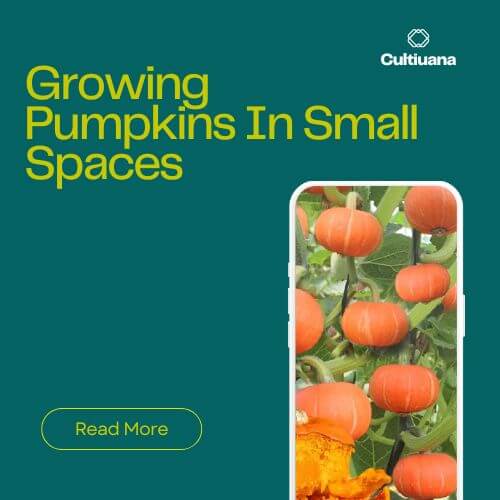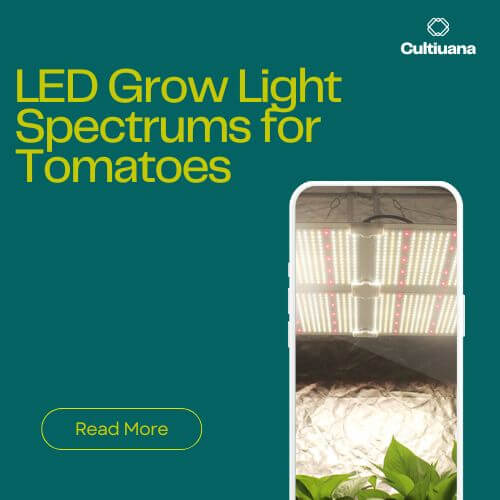
Growing Pumpkins In Small Spaces
If you want to grow pumpkins in a small space, it can be tricky, but it’s not impossible! First, we need to think about how pumpkins grow. They usually spread out a lot, so we have to find ways to save space. You can choose smaller types of pumpkins, like “baby pumpkins” or “sugar pumpkins.” These don’t need long vines and are good for containers.
Next, let’s talk about containers. Pumpkins have strong roots, so the container needs to be big—at least 20 liters and about 50 cm deep. You can use plastic or clay pots, but make sure they have drainage holes to prevent root rot. If you don’t have big containers, consider using large buckets or custom planting boxes.

Vertical growing is another option. If space is tight, let the pumpkin vines grow up using trellises, grids, or sturdy supports. Since pumpkins can get heavy, you might need to support the fruit with nets or straps. Make sure the supports are strong enough to hold the weight and guide the vines to grow in the right direction.
Pollination is important too, especially since small spaces might not have natural pollinators. Teach users how to hand-pollinate by recognizing male and female flowers and using a cotton swab or small brush to transfer pollen. This might be a bit tricky for beginners, but it’s easy once you know the timing—doing it in the morning works best.
Pruning and trimming are also key. To keep the plants manageable, remove extra side branches and just keep the main vine and a few fruiting branches. Also, get rid of old or sick leaves to improve airflow and reduce pests. Users might need clear instructions on how to prune properly.
When watering and fertilizing, container plants can run low on nutrients. Regularly add high-phosphorus and potassium fertilizer, especially after flowering, to boost fruit production. Keep the soil moist but not soggy, adjusting the watering frequency based on the weather—hot days might need daily watering.

Dealing with pests and diseases is crucial too. Small spaces can have poor airflow, leading to issues like powdery mildew or aphids. Check regularly and use organic methods like soap or chili water for prevention. If needed, you can use natural pesticides, but many users prefer organic options for safety.
You might also consider quick-growing pumpkin varieties like “Bushkin.” They have shorter growing seasons, so you can harvest faster in a small space. Suggest planting in batches to avoid having too many pumpkins ripe at once.
Finally, pumpkins love sunlight and need a lot of it—about 6-8 hours of direct sunlight every day. Good lighting helps them grow and develop fruit. If they get less light, like only 8 hours a day, they’ll produce female flowers earlier and set more fruit.
Without enough light, pumpkin plants will grow weak and tall, and the fruit won’t develop well, leading to fewer pumpkins.
If you’re growing pumpkins indoors, getting the right LED grow light is important.
Here’s what to consider when choosing LED lights for indoor pumpkins:
1. Pumpkins need strong light to grow and develop fruit. When growing indoors, you generally need about 150-200 watts of grow light per square meter. For full-spectrum LED lights, 100-200 watts is suitable.
2. Choose Wattage Based on Space
Small Area (1-2 square meters): Use a 100-150 watt grow light.
Medium Area (3-4 square meters): Go for 150-200 watts.
Large Area (over 4 square meters): Consider lights over 200 watts, like 300-400 watts, but adjust based on your space and number of plants.
3.Types of Lights and Wattage
Full-Spectrum LED: Best for growing pumpkins, providing all the light they need. 100-200 watts usually works well for home growing.
Red/Blue LED: If you’re on a budget, a red-blue combo light with 30-50 watts will do the job.
CFL Bulbs: Good for small setups, using 20-40 watts.
4. Other Tips
Light Duration: Pumpkins need 6-8 hours of light daily, so use a timer to turn the lights on and off.
Light Height: Adjust the light distance based on the plant height to avoid leaf burn.
Smart Controls: Some lights can dim, allowing you to change the brightness based on the plant’s growth stage.
5. Recommended Wattage Ranges
Small Setup: 30-100 watts (for under 1 square meter).
Medium Setup: 100-200 watts (for 1-4 square meters).
Large Setup: Over 200 watts (for over 4 square meters).
In summary, the main steps are: choose the right variety, select a suitable container, grow vertically, hand-pollinate, manage pruning, handle watering and fertilizing, and control pests. If you grow outdoors, make sure 6-8 hours of sunlight if indoors, choose the right LED grow lights. With good planning, you can grow 4-6 edible pumpkins in just 1 square meter. The key is choosing the right variety, managing vertically, and providing precise care. Give it a try—small spaces can yield great surprises.






